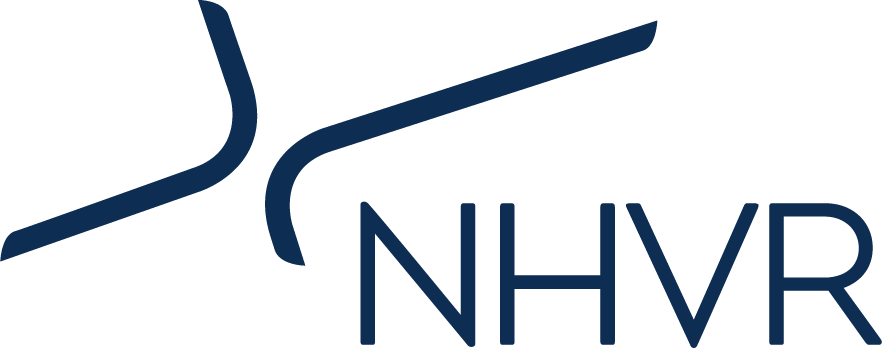Camera Enforcement, which uses the National Camera Network, is a network of digital cameras that monitor the movement of heavy vehicles.
The National Camera Network is used to detect:
- vehicles that are unregistered and/or uninsured
- fatigue offences relating to travel between two or more cameras
- attempts to avoid detection at camera sites
- failures to enter inspection stations.
Image request application
If you have been issued with a penalty infringement notice, Court Attendance Notice (CAN) or a Notice to Produce letter you can request a copy of a relevant image captured by the National Camera Network cameras.
Whitelist application
The NHVR adopts a risk-based and proportionate approach in determining the appropriate mix of regulatory activities to manage safety risks as outlined in our Statement of Regulatory Approach (PDF, 894KB). This approach facilitates the use of discretion in pursuing low risk compliance incidences, at the expense of high-risk persistent offenders.
To align with these principles, the NHVR allows industry to apply and be considered for the Whitelist for a period of 12 months. The NHVR Whitelist is a list of operators who have successfully applied for exclusion from certain low risk fatigue-related National Camera Network incidents due to their current fatigue management practices, accreditation and compliance history. The Whitelist is routinely reviewed and adjusted to ensure that the operators on the Whitelist maintain their commitment to fatigue management and HVNL compliance.
Successful addition to the Whitelist reduces the regulatory burden on compliant operators and allows the NHVR to focus its resources on high risk targets, as outlined our Regulatory Intervention Strategy (PDF, 4.9MB).
The Camera Enforcement team applies the Whitelist for incidents related to travel time (fatigue).
Travel time (fatigue) incidents
There are three ways the heavy vehicle industry achieves reduced travel times which are:
- Increase allowable driving time through legislated fatigue management accreditation.
- Having ‘two-up’ drivers which share the driving task.
- Having two drivers which change over at a given location.
The following factors are considered and recorded before a vehicle/company is considered for inclusion of the Whitelist:
- The customer must make a legitimate request for consideration.
- The customer must have demonstrated patterns within National Camera Network of interstate or long haul journeys with regular use of fatigue management, ‘two-up’, or change over driving arrangements.
- The operator must have a satisfactory compliance history for a minimum of 12 months.
Any significant non-compliance may result in the vehicle/company being removed from the Whitelist.
Required information with the application
The applicant must provide evidence in support of application for required access including:
- Information regarding current compliance systems in place including any use of vehicle tracking systems etc.
- Description of current practices in place in your business which addresses chain of responsibility in regards to managing driver and contractor movements
- Response to any outstanding National Camera Network Notices.
Review process
Inclusion to the NHVR Whitelist will require periodic random Travel time incident notices to be sent out for review. The notices may also be sent if potential travel time offences are detected from the National Camera Network.
Until adjudication of such notices along with other relevant road transport compliance checks are completed an inclusion may be granted on a temporary basis.
Final decision for an applicant to be included to the NHVR Whitelist will be made after the review process is completed. Any significant non-compliance may result in the vehicle/company being removed from the Whitelist.
The NHVR maintains discretion to include or remove an operator on the Whitelist,
You can submit a request to review a Whitelist decision. The review request must be made within 14 days of the original decision. A review may confirm or amend the original decision. Regardless of whether the request for inclusion is successful, the NHVR will advise of the outcome within 28 days.
For further information email camera.compliance@nhvr.gov.au

 Accessibility tools
Accessibility tools

